
This presentation consist of Artificial intelligence tools for commerce teaching and research
- Subject:
- Educational Technology
- Material Type:
- Lesson
- Teaching/Learning Strategy
- Author:
- Thiyagu K
- Date Added:
- 08/25/2024

This presentation consist of Artificial intelligence tools for commerce teaching and research
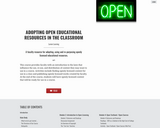
VCCS's "Pathways" Course provides faculty with an introduction to the laws that influence the use, re-use, and distribution of content they may want to use in a course. Activities include finding openly licensed content for use in a class and publishing openly licensed works created by faculty. At the end of the course, students will have openly licensed content that will be ready for use in a course.
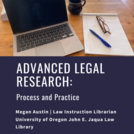
Written for students and instructors in an advanced legal research course, this book uses the steps of the legal research process to facilitate skills practice, collaboration, and reflection. It proposes a hypothetical as a basis for practicing the research process steps and encourages students and instructors to contribute other hypotheticals. The text also includes sample assignments, demonstration videos, and discussion and reflection questions, with opportunities for students and instructors to contribute additional questions. This text uses an approach that emphasizes student reflection on the development of research skills, with the benefit of repeated and consistent formative feedback.

This paper speaks about Arabic and the problem of diglossia. In the paper, the author discusses the place of Arabic in the world of languages. The author also speaks about some of the aspects that make Arabic a difficult language to learn for speakers of Indo-European languages and discusses the problem of diglossia in modern Arabic. Ultimately, he makes a proposal on a possible way to teach Arabic that directly addresses the diglossia issue.
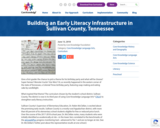
This blog post from the Core Knowledge Foundation highlights the work of Sullivan County, TN, who has been using OER CKLA materials for several years with outstanding results.
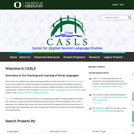
The goal of the Center for Applied Second Language Studies at the University of Oregon is to improve the teaching and learning of foreign languages. Similar to other language resource centers, CASLS creates language learning and teaching materials, offers professional development opportunities, and conducts research on foreign language learning.
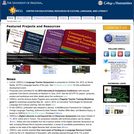
The Center for Educational Resources in Culture, Language and Literacy (CERCLL) at the University of Arizona is one of the 15 Language Research Centers established across the nation under Title VI of the U.S. Department of Education. CERCLL researches culture, language and literacy with less commonly taught languages. The center also strives to provide educators with teaching resources and opportunities for their professional development.
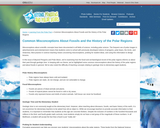
This article describes common misconceptions held by elementary students about the history of the polar regions, fossils, and geologic time. The article provides ideas for formative assessment, teaching strategies, and the National Science Education Standards.
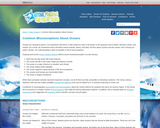
This article describes some common misconceptions that elementary students may have about oceans. It also includes suggestions for formative assessment and teaching for conceptual change.
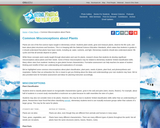
This article describes some common misconceptions that elementary students may have about plants. It also includes suggestions for formative assessment and teaching for conceptual change.
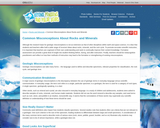
This article discusses geologic misconceptions held by teachers and students and provides resources for formative assessment and teaching correct concepts.
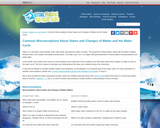
This article lists common misconceptions about states and changes of matter and the water cycle. It provides formative assessment probes and information about teaching for conceptual change.
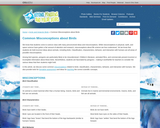
This article discusses misconceptions about birds (and penguins in particular). It provides tools for formative assessment and ideas for teaching correct scientific concepts.
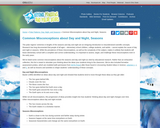
This article describes common misconceptions held by elementary students about the cause of day and night and seasons. The article provides ideas for formative assessment, teaching strategies, and the National Science Education Standards.
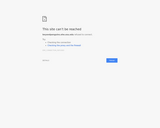
This article describes some common misconceptions that elementary students may have about energy, heat, and insulation. It also includes suggestions for formative assessment and teaching for conceptual change.
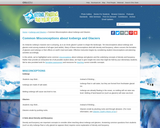
This article describes some common misconceptions that elementary students may have about icebergs and glaciers (including density and buoyancy). It also includes suggestions for formative assessment and teaching for conceptual change.

This article lists common misconceptions about light, heat, and the sun. It provides formative assessment probes and information about teaching for conceptual change.
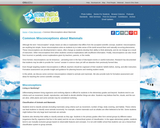
This article lists common misconceptions about mammals. It provides formative assessment probes and information about teaching for conceptual change.
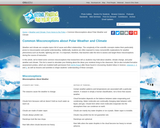
This article lists common misconceptions about weather, climate change, and the polar regions. It provides formative assessment probes and information about teaching for conceptual change.
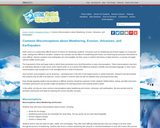
This article lists common misconceptions about weathering, erosion, volcanoes, and earthquakes. It provides formative assessment probes and information about teaching for conceptual change.